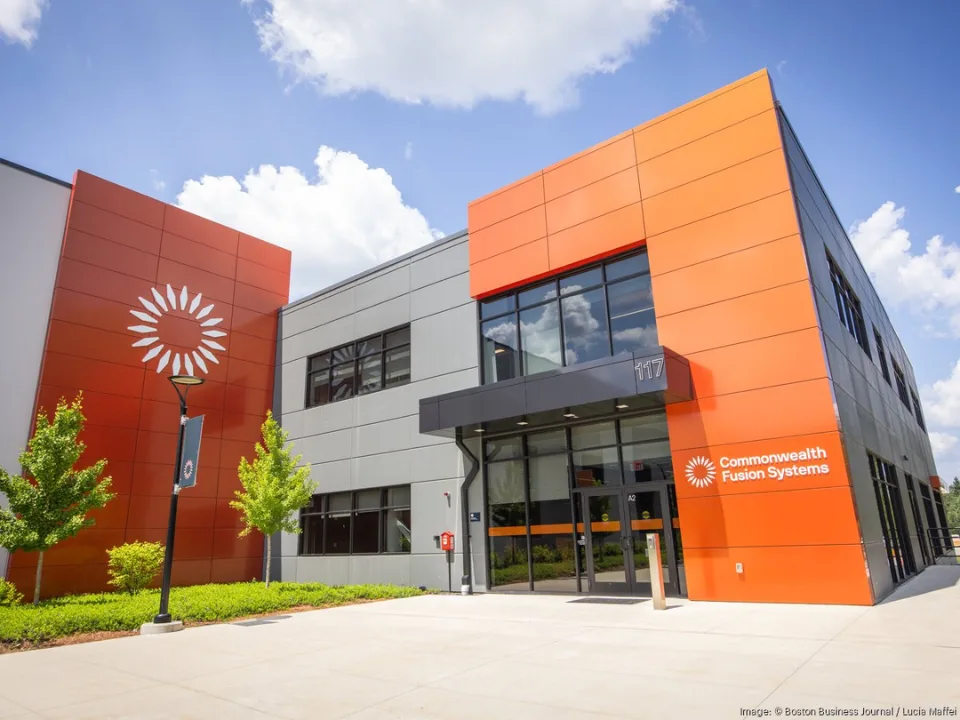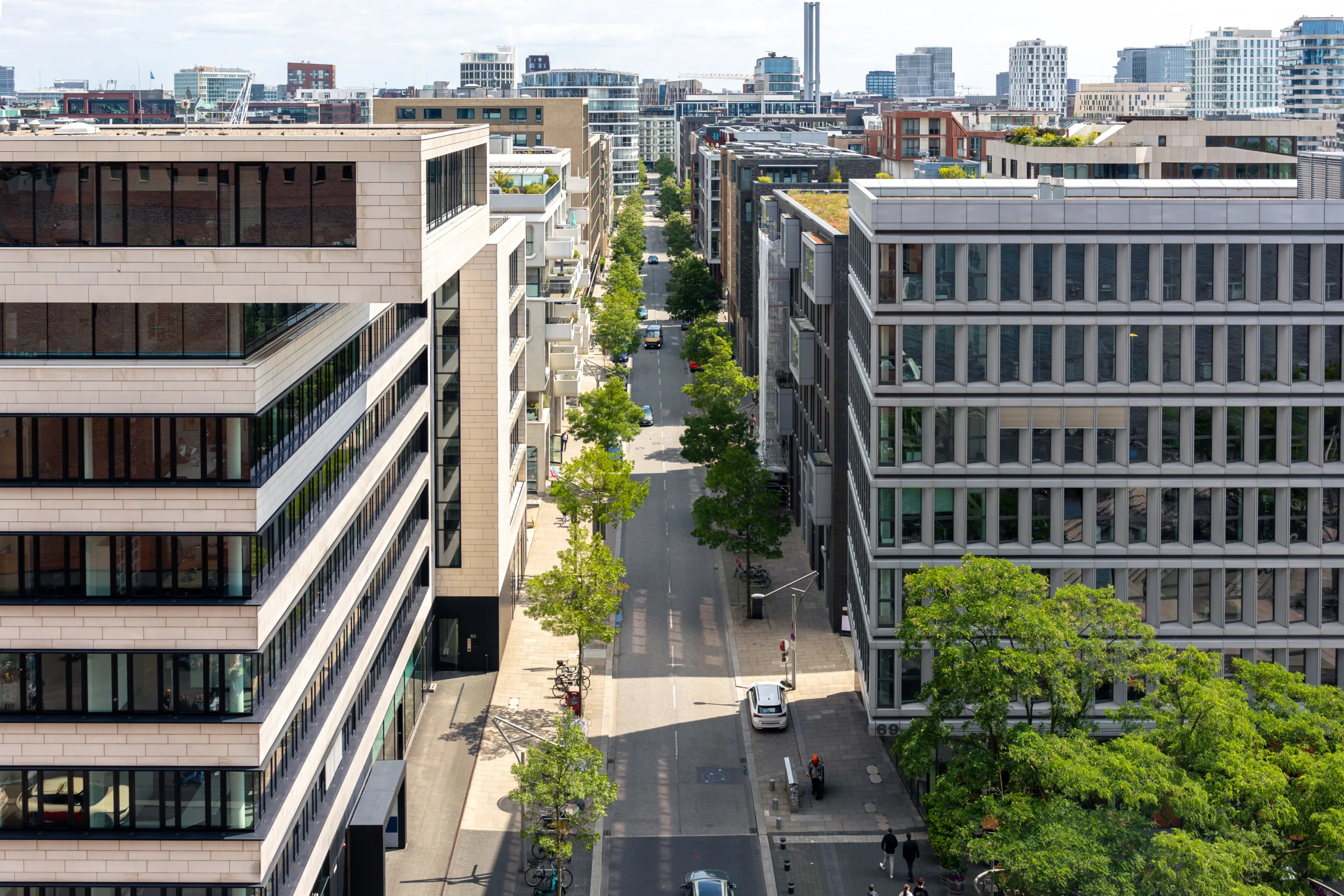- Cousins Properties and Highwoods Properties report better-than-expected leasing activity, prompting both to raise their 2025 earnings outlooks for the second time.
- Cities like Atlanta, Dallas, Nashville, and Charlotte are leading the recovery, supported by population growth and strong job markets.
- Premium office space remains in demand, with vacancy rates at 13%, compared to 19% in the broader office market.
- Major employers are enforcing stricter in-office mandates, pushing demand for newer, high-quality office buildings.
Sun Belt Strategy Gains Momentum
CoStar reports that two major office landlords—Cousins Properties and Highwoods Properties—say their Sun Belt portfolios are outperforming. Their success comes as more companies push employees back to the office.
“Our Sun Belt strategy is working,” said Brian Leary, COO of Highwoods. “Our markets have strong population gains, low unemployment, and a growing demand for in-office work.”
Unlike coastal markets still facing headwinds, Sun Belt cities continue to attract businesses and workers. As a result, landlords in these areas are experiencing rising rents, lower vacancies, and stronger leasing pipelines.
Office Demand Picks Up
More companies are tightening return-to-office policies. A recent KPMG survey found that 85% of CEOs now expect employees back in the office full-time. That’s up from 64% in 2023.
Companies such as Amazon, Starbucks, Dell, and Salesforce have already increased in-person work requirements. These mandates are boosting demand for office space in business-friendly cities.
“Return to office is shifting to a return to normal,” said Colin Connolly, CEO of Cousins Properties
Leasing Activity and Rising Rents
Highwoods signed nearly 925,000 SF of leases in the second quarter. Almost half were new deals, showing tenants are committing to long-term office plans again.
Cousins inked 334,000 SF during the same period, with 80% of leases tied to new or expanded agreements. The company also saw 5.5% rent growth year-over-year.
At Highwoods, cash rents rose 3.5%, thanks to stronger leasing and a greater share of new tenants.
To capitalize on this momentum, Cousins has spent over $1B on acquisitions in the past nine months. Its latest deal was a $218M purchase of The Link, a Class A office building in Dallas’ Uptown district.
Get Smarter about what matters in CRE
Stay ahead of trends in commercial real estate with CRE Daily – the free newsletter delivering everything you need to start your day in just 5-minutes
High-End Office Space Outperforms
Across the US, high-end office buildings are outperforming older, lower-tier properties. According to CBRE, vacancy in top-tier space is around 13%, compared to 19% in the broader market.
This gap is attracting more tenants—and investors—to modern, well-located buildings in cities with strong economic fundamentals.
Why It Matters
Sun Belt cities were once seen as secondary office markets. Today, they’re leading the post-pandemic recovery. Markets like Charlotte, Nashville, and Dallas offer affordability, talent access, and business-friendly environments.
These conditions are helping landlords like Highwoods and Cousins stay ahead, while coastal counterparts face slower demand and higher vacancies.
What’s Next
The office market remains divided, but Sun Belt landlords expect continued growth.
A JLL survey found that 55% of Fortune 100 companies now require a full five-day workweek. That’s up from just 5% two years ago. Meanwhile, hybrid policies have dropped from 80% to 40%, and fully remote setups are nearly gone.
“We’re excited about the future,” said Ted Klinck, CEO of Highwoods. “Our markets are where talent and companies want to be.”
If these trends continue, Sun Belt landlords are poised to drive the next phase of the US office recovery.

















